
Migraine triggers
When you have a migraine, your day stops. If you are prone to these debilitating episodes of head pain, you may have to stop what you’re doing and lie down in a dark room. Migraine is a neurological disease that has a number of symptoms, including moderate to severe, throbbing head pain that can stick around for anywhere from four hours to several days. According to Statistics Canada, about 14 percent of people in the world have had a migraine, and about 2.7 million Canadians have been diagnosed with one. While migraines can occur partly due to genetic factors, attacks may happen seemingly at random, set off by a trigger in the environment.
“Everyone’s brain works slightly differently, but we know in general triggers can cause a hyperexcitability to the cortex of the brain,” says Danielle Wilhour, MD, an assistant professor in the Department of Neurology at the University of Colorado School of Medicine. In other words, environmental triggers can affect your gray matter—the part of your brain responsible for sensory and motor function, vision, taste, hearing, and memory. As a result, a variety of factors—including what you eat—can increase the risk that you’ll have a migraine.
Everyone’s food triggers are different. Which ones will cause a migraine for you often depends on how much you’re eating. Still, some foods are more likely to cause trouble than others. Keep scrolling for the top headache-causing foods.
(Related: How to Control Nasty Migraines So They Don’t Interfere With Your Life)

Alcohol
Though alcohol in general is a common trigger for people with chronic migraines, red wine is notorious for giving people a headache. There are a variety of compounds in alcohol that may provoke an attack, including tyramine, histamine, and sulfites.
That said, rather than these chemicals, it’s likely the alcohol itself triggers a migraine, according to the AMF. That’s because alcohol leads to vasodilation—the widening of blood vessels—and that can cause headaches. And don’t forget that too much alcohol can lead to a hangover the next day. Research suggests people with chronic migraines are more likely to experience these hangovers—even when they drink less alcohol than non-migraineurs.
(Related: Meet Acid League, The Canadian Company Making Alcohol-Free Wines Even Wine Geeks Will Love)
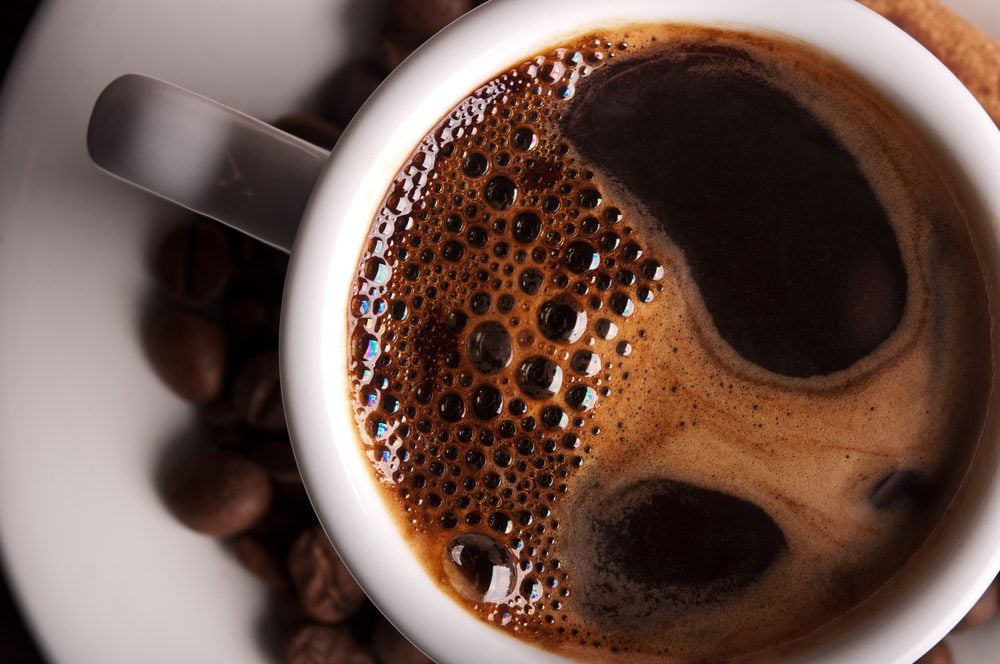
Coffee
The caffeine in coffee can alleviate migraine pain—it’s added to some over-the-counter migraine medications for that reason. But drink too much coffee, or drink it at the wrong time of day, and you might trigger an attack, Dr. Wilhour says. Caffeine withdrawal (say, if you skip your regular cup) is a frequent trigger, according to a 2020 research review published in the journal Nutrients. Try to be consistent with caffeine, consuming the same type of coffee in the same amount at the same time each day. (Notice a pattern? Consistency is key.)
(Related: 10 Things That Happen to Your Body When You Quit Coffee)

Chocolate
Chocolate is another source of caffeine, and it also may cause the release of neurotransmitters involved in migraine. Chocoholic migraineurs will be happy to know that while some studies show a relationship between the sweet and head pain, there isn’t enough evidence to implicate chocolate as a food you must avoid, according to a separate review also published in Nutrients. One good way to find out if chocolate is a trigger for you is by keep a food journal (more on that later) and paying attention to whether you get a migraine after eating it.
(Related: This Is What Happens to Your Body When You Eat Chocolate)

Aged cheese
Certain aged cheeses, including blue cheese, brie, cheddar, and feta, contain an amino acid called tyramine that may bring on a migraine in some folks, according to the National Headache Foundation.
(Related: Is It Healthy to Eat Cheese Every Day?)
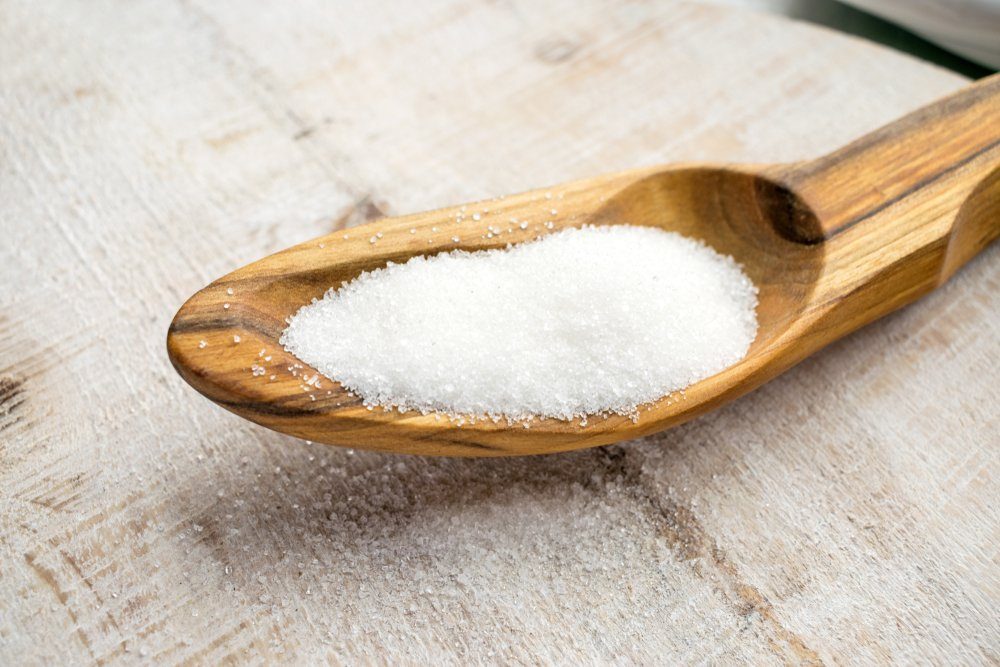
Food additives
Monosodium glutamate (MSG) and the artificial sweetener aspartame are two food additives known to be potential triggers for migraines. This may be because of their inflammatory nature, Dr. Wilhour says.

Cured and processed meats
Foods considered processed meat, like hot dogs and sausages, can contain nitrates, compounds that act as vasodilators by widening blood vessels to spark the migraine pathway, Dr. Wilhour says. They’re also inflammatory foods, another reason they may pose a risk, she says.
(Related: What You Need to Know About Processed Meat)
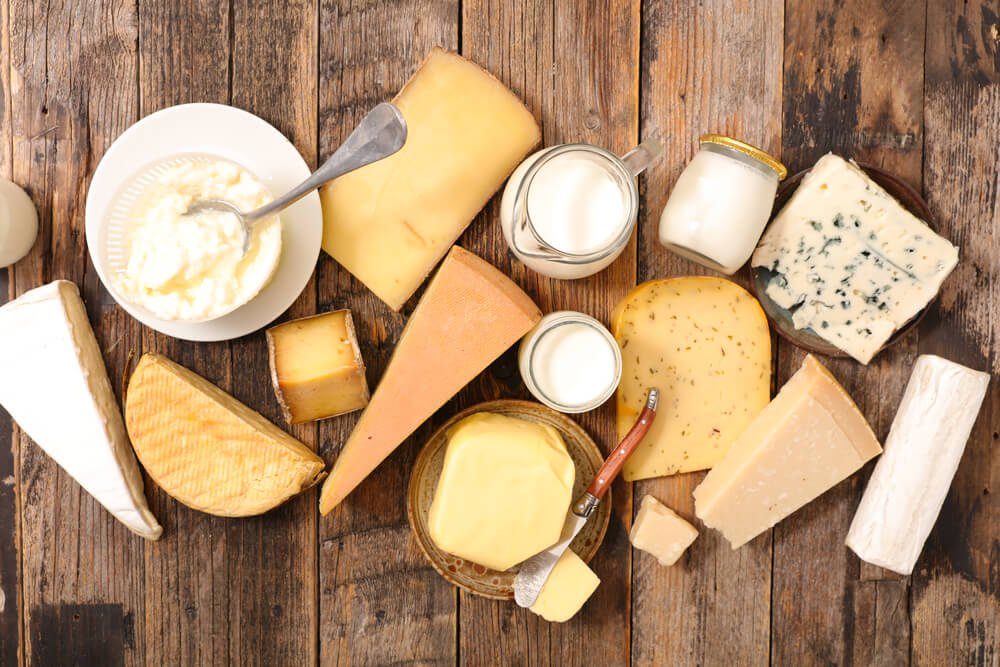
Dairy
You love your cheese (most of us do), but dairy can be pro-inflammatory. “I don’t tell everyone to go dairy-free, but if you have issues with inflammation, you might want to eliminate dairy to see if it’s helpful for you,” says Merle Diamond, MD, president and medical director of Diamond Headache Clinic in Chicago.
(Related: 7 Things That Happen When You Go on a Dairy-Free Diet)

Energy waters
Read the label on your energy drink. Does it contain niacin? The B vitamin is a vasodilator, making it a migraine trigger in some people, Dr. Diamond says.
(Related: This Healthy Herbal Tea Will Replace Your Energy Drink Obsession)
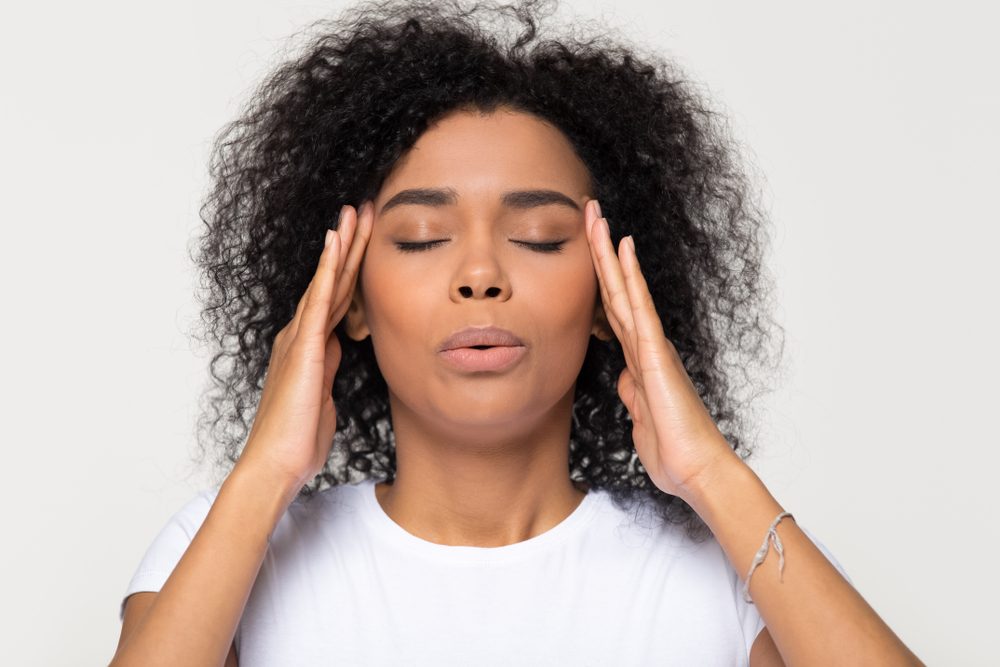
How to Identify the Trigger
You probably won’t have an issue with all of the possible triggers above. And there’s no need to eliminate all of them from your diet when you’re diagnosed with migraines, Dr. Diamond says. Instead, use a headache diary to record the foods you eat and the migraines symptoms you get. Doing this will help you spot patterns and learn the foods that present a personal problem.
Notice that you tend to get a migraine on days you’ve had your favorite coffee shop drink? It may mean caffeine is a trigger. Have no problems after eating aged cheese? Go ahead and snack on that baked brie. You can keep a headache diary in a journal or with an app. Dr. Wilhour likes the migraine- and headache-tracking app Migraine Buddy.
(Related: Home Remedies That Will Make Your Headache Disappear)
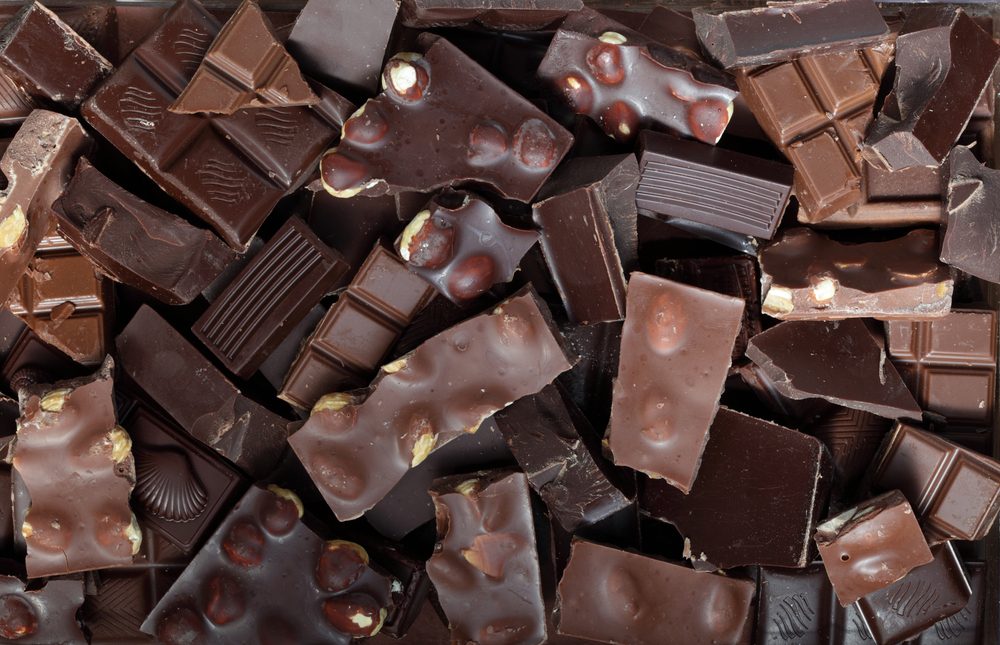
Ditching foods that trigger migraines
If you’re suspicious that certain foods are triggers, eliminate one food at a time, says Dr. Wilhour. Avoid the food for four weeks and see if you notice a difference. Having fewer migraines? Continue to avoid that food if it’s not too difficult to do so. Notice no difference? Reintroduce that food and move on to another.
Keep in mind that you may not be dealing with a single trigger. Instead, several triggers may be working together. “I know that if I go to a ballpark on a hot day and eat a hot dog and drink a beer, that would be a headache day for me,” Dr. Diamond says.
(Related: 6 Effective Pressure Points for Headaches)
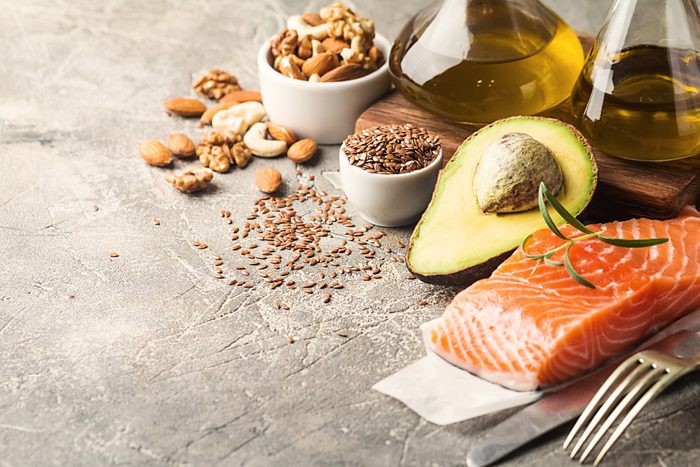
Foods that may help with migraines
Unfortunately, there is no single “migraine diet,” or list of foods you can eat that will treat or reduce a headache. There isn’t much research on the benefit of dietary restrictions and migraine triggers, Dr. Wilhour says.
One review of 43 studies, published in the journal Headache in 2020, looked at a variety of diets (such as keto and low-fat) in relation to migraine attacks. It found that most of the diets lowered the frequency of headaches. But the researchers wrote that the research on a whole was not high quality and there wasn’t enough strong evidence to suggest any of the eating patterns were effective.
“What I find more important is eating regular meals, maintaining good hydration, and consuming caffeine in moderation,” Dr. Diamond says. It’s natural to want to find the one thing that triggers your headaches, but she notes migraines are more complicated than that.
Finally, if you have chronic migraine, which is a migraine more than half of the days in the month, you should talk to your doctor about going on a preventative medication to control migraines. “One goal is to be around some of your triggers so that you can tolerate them without inciting a migraine,” Dr. Wilhour says. For instance, maybe you can have a glass of red wine with your friends one night a month. Being able to enjoy yourself (on occasion and definitely in moderation) is one of the main goals of treatment.
